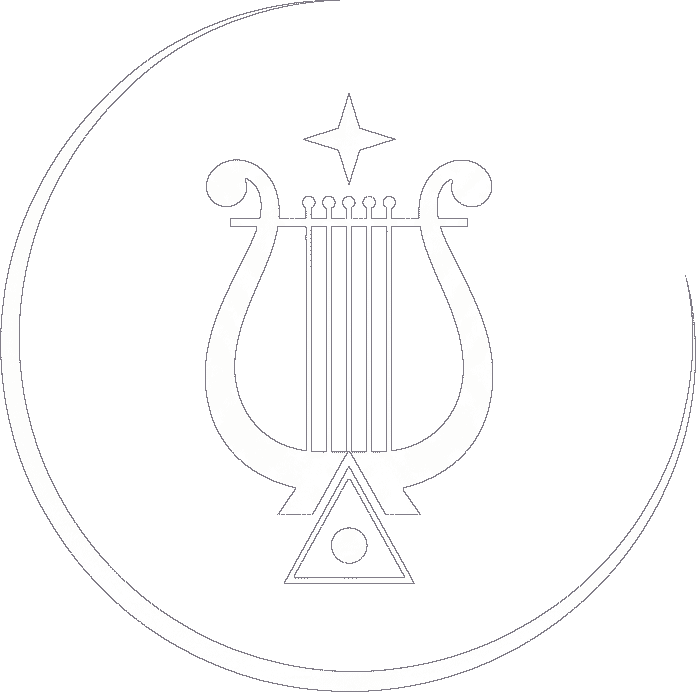
Ancient philosopher of the Pleiades
ca. 137,952 X.C.

Backstory
Part 1: The Archeologist
The first Xylocats transmission was received in the Earth year 2023 but their story starts long before that time. Before we can go back though we must go forward. In 2400 earth and martian civilization had exhausted all natural resources and needed more power. The top scientists and engineers of the time began to construct a Dyson sphere. The sphere was supposed to be constructed with a reflective material which would both collect and reflect energy towards Earth and Mars.
Despite their controls, sophisticated artificial cognition and advanced quantum computers the smallest of software bugs caused the largest of problems. The sphere was not actually a sphere but a series of interconnected panels that would spin in an synchronization. During the initial test of the sphere one of the panels lost sync with the rest. The result was a Kessler cascade where the panels started to cascade as they orbited the sun speeding at thousands of miles per hour. The resulting damage and debris continued the cascade until most of the panels and superstructure was destroyed. This however, was not the worst thing that could happen.
Earth society continued repurposing their solid state nuclear waste diamond batteries and other advanced technologies. Efficiencies were made to existing processes to reduce power demands however slowly society eroded. The poorer became poorer and the wealthy stayed wealthy. The once almost-utopia had degraded significantly until civil unrest was inevitable.
That was until the first event. A rogue solar flare erupted which maliciously aligned the remaining functioning panels into a cluster which eventually was oriented at the Earth and Mars. The damage was immense, in the blink of an eye the temperature on the surface rose so quickly that life on the surface became almost extinct resulting in massive destruction. The second dark ages had commenced.
Civilization on earth by this time had extensive networks of underground cities. Critical survival power underground was provided through geothermal. Although this was not enough power to meet the demands of modern living it was enough to keep the lights on.
Society at this point had all but collapsed. The surface was a no-man's land. You could traverse it at your own risk but only the most skilled dared to attempt it. Below ground militias organized on the local level. Across the global underground network a few large corporations devolved into their new form of law and governance. In general though it was every person for themselves.
Before the event the archeologist had worked for the agency. Archeology in 2400 was not what it was today. It was a much more active field that involved incredibly technical analysis of alien species and exploration on other planets. To be an archeologist one must had to be the swiss army knife of explorers. It was necessary to know how to troubleshoot alien technical systems by reverse engineering either their quantum computing or bioware. Languages, writing, systems all could be reduced to their rudimentary mathematical components but it was still necessary for a human to make sense of the data. Archeology in this time was an art form as much as it was a scientific pursuit.
The agency had trained the archeologist and he was one of their best agents. He amused himself for a while scavenging with the hoards but still longed for the old days. Only the most trusted, skilled agents were assigned solo missions. Often by the dim glow of an emergency light in a deserted bunker thousands of feet below the surface he would reminisce about blasting off. The most exhilarating part for him was the anticipation of the speed before his ship would blast off. Sitting there in the cockpit aimed towards space waiting to blast through the stratosphere. Once in orbit it was slow going through the harbor until he reached the first gate. After that he would hop from system to system a free agent, one of the luckiest people alive. It was quite the contrast compared to his current predicament thousands of feet below the surface, virtually trapped by his fellow survivors. Just sitting there sometimes he could feel the anticipation and the rush, but never the speed. He knew that he was one of the luckiest people, still alive.
One day on a routine scavenging mission he came across a standard looking supply cache. They were hidden in plain sight but as a highly trained government agent he knew what they looked like. The only thing was that this supply cache did not open using his known access codes. Upon further inspection he found a puzzle under the access panel which he did not recognize. He analyzed the symbols as he had done on may foreign planets before this in neighboring systems. After reducing the problem to a set of probabilities it still took hours to crack using his quantum tools, normally this would have only taken seconds. He commented to himself that someone must not want intruders.
Once inside the bunker he immediately noticed it was not like any other bunker he had been in since the event. For starters all the lights were on and it was clean. He heard a faint whir, not of machines but of air moving. He distinctly noticed that not only was this bunker fully powered but the automated cleaning services were still activated.
With trepidation he began to walk down the first hallway and before long it was a maze. The hallways had quickly turned from looking like an office to a more rudimentary round tunnel with exposed pipes and wires neatly organized on the walls and ceilings. Urban exploration in underground mazes is like kids play for an alien archeologist in 2400. His kit which was worn in several units on his clothing visually tracked his movements. He would select waypoints and it would visually paint where he had been. Eventually he found his way to another massive door which resembled a vault.
This door took weeks to open. The archeologist found some bunks and food supplies close by. It looked like the facility used to house agency personnel but at a top clearance. During his waking hours he worked tirelessly to open the vault, sometimes wondering if he should give up and move on. He knew though that there was something special behind the door. He had found a journal that was left by one of the previous residents before the event. He would read it before bed every night, reminiscing about how good things used to be. He enjoyed the grit of this new life but missed the freedom of space. On his third read through of the journal he noticed a pattern of lettering that kept recurring.
Instead of working the vault problem he started working the journal problem. Before long he discovered that the inside the pages of one of the longer entries there was a cipher. This was his eureka moment, he ran straight to the vault. Using the cipher he was able to crack the vault code. Apparently the engineer who had left the journal behind had skipped security training day. The problem was much more complicated than the archeologist could have ever guessed, and if it had not been for the journal he would not have been able to get in.
The vault doors opened automatically, still powered by whatever secrets this bunker had not given up yet. The archeologist stood there not sure what to make of the room. It was a large circular room with a cable bundle going to the center. In the middle there was a circular console with readouts and an cutout with a single chair and a dark display. In the middle of the console was a large tube assembly and his eyes were immediately drawn to a large red laser beam shooting down from the domed roof into a device in the middle of the console. The exterior of the tube that received the laser had hundreds of thousands of tiny twinkly lights on the outside. The archeologist was drawn to this device, the twinkling reminded him of the stars he had not seen since before the event. He approached it almost in a trance.
He consulted his knowledge base and didn't find anything that looked like the device. That was odd considering he had one of the highest archeological clearances from before the event. Every piece of information, including most sensitive and secret devices should have been stored in his mobile quantum computer. On solo missions to neighboring star systems it wasn't feasible to transfer massive amounts of information through sub-space quantum communication so archeologists always carried a full knowledge base of all known information. He decided to return to his bunk for the day to ponder and research. The vault doors had been opened and that was a massive victory for the ages.


















